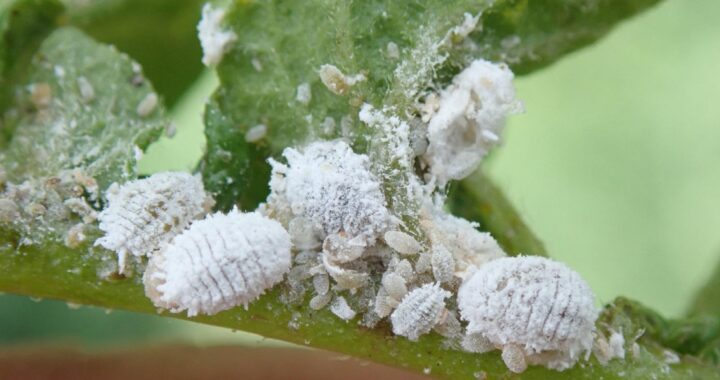Plumerias On the Move

By Luc R. Vannoorbeeck
 A flowering tree made famous the world over for its beautiful leis of Hawaii is on the move. From its birthplace in Central America and the Caribbean’s, the Plumeria or Frangipani, is now found in every tropical and subtropical regions of the world.
A flowering tree made famous the world over for its beautiful leis of Hawaii is on the move. From its birthplace in Central America and the Caribbean’s, the Plumeria or Frangipani, is now found in every tropical and subtropical regions of the world.
The tree is named after a French botanist traveling in the islands of Martinique and Guadeloupe. The Plumeria rubra as described originally was apparently a hybrid form of the white species found in several islands and in the Yucatan Peninsula of Mexico. The Virgin Islands of St Croix and St John are the home of the species Plumeria alba. The Bahamas Islands have several forms of the Plumeria obtusa, whether as species or as natural hybrids.
A fairly new species in cultivation, Plumeria pudica from Margarita Island off Venezuela is being gown in large quantities in nurseries in Miami Dade County, Florida. The “Bridal Bouquet” plant was selected by Fairchild Tropical Gardens in 2004 as plant of the year.
The Island of Cuba has generated several species such as Plumeria clusioides and Plumeria stenopetala. This species produces typical white flowers with pendulous petal releasing a strong gardenia scent. The plant is pendulous and apparently grows on cliffs in its natural habitat.
The hot bed of Plumeria culture these days is in South East Asia. The horticulture industry of Thailand is seeking and developing new cultivars of Plumeria the likes of which have never been seen in the Islands of Hawaii. Plumeria growing in Thailand is very much a cottage industry. Small farms and few large estates plant seedlings by the thousands. New cultivars of various shades of purple, violet and magenta are now available in the plant markets of the country. Selections are made on a large scale and only good performing cultivars are brought forward. Visiting a Plumeria garden center near Bangkok brings the admiration of all visitors. It was very satisfying to this writer to see some of his Florida seedlings offered for sale at the Bangkok and Chaing Mai plant markets.
Propagation of Plumeria trees on a large scale is necessary to supply the demand of the trade. The Thai horticulturists have resorted to grafting and or budding all plants offered for sale. These techniques allow the growers to produce a large number of plants using a minimum of scion wood and buds. A 12 inch cutting of Plumeria will produce a minimum of 12 to 14 grafted plants.
The benefit of grafted Plumeria plants has been clearly demonstrated after the passage of hurricanes Katrina and Wilma in south Florida. Most trees grown as cuttings were blown over by the high winds. Those growing as seedling or trees grafted on seedling rootstocks were not affected. The cultivar “Bridal Bouquet” Plumeria pudica, was particularly affected. The root system of the bushy cultivar is rather weak and cutting grown plants were blown out of the ground as tumbleweeds. Those grafted on Plumeria rubra seedling were not affected at all.
Plumeria plants grown as cuttings are still very much in the trade in South Florida, Texas and California. However, grafted plants are now commonly exported from Thailand and from Florida. Importers in Australia and in countries of the European community will only purchase grafted Plumeria plants. The plants survive well the quarantine and phytosanitary requirements imposed by the various countries.
The Thai horticultural community is very much involved in the development of new Plumeria cultivars. There are plans to organize a Plumeria Symposium in March 2009 at the world famous Nong Nooch Botanical Garden near Bangkok, Thailand. Growers, scientists and Plumeria collectors are being invited at the present time. Much interest is being shown in the project.
 Known Plumeria Names
Known Plumeria Names  Understanding Plumeria’s Seasonal Cycles
Understanding Plumeria’s Seasonal Cycles  Why are Plumeria Seedlings so Different?
Why are Plumeria Seedlings so Different?  Mealy Bugs Plumeria Pests
Mealy Bugs Plumeria Pests